In a span of three months — at a time when the Malaysian property market was enveloped in gloom — Sime Darby Property Bhd managed to generate RM1 billion worth of sales in a marketing campaign termed the Third Parade of Homes (POH3).
Interestingly, while POH3 was designed to clear existing stock, it succeeded in doing much more. Between the campaign period of March 6 and mid-June, Sime Darby Property managed to sell some 1,662 units, just under half of which were new launches.
Even more interesting were the types of property sold, among which were upmarket units priced above the million-ringgit mark. For instance, 46 units of The Mezzo — 2 and 3-storey semi-detached homes in Bukit Jelutong (land area from 3,552 to 7,715 sq ft and built-up from 3,422 to 4,083 sq ft) — were snapped up within two weeks at price tags of RM1.23million to RM1.8 million.
Over in Putra Heights, 2½-storey superlink homes — Mascarena Palms— tagged from RM728,888 to RM1.4 million, were 90% sold within two weeks of their launch on June 10. The 66 homes, designed with a water harvesting system, have a land area of 1,650 to 6,233 sq ft ,with built-ups ranging from 3,150 to 4,770 sq ft.
 “We were not thinking of any new launches for the Parade of Homes... we had wanted to clear stock,” Sime Darby Property managing director Datuk Tunku Putra Badlishah Tunku Annuar tells City & Country. “When we did decide to offer new launches, the strategy was to only go for it if we were confident we could sell, within three months of the launch, at least half of the units put on the market.” That meant the developer had to be very sure that the products could move, and move quickly. To achieve that, a lot of effort went into pre-launch activities.
“We were not thinking of any new launches for the Parade of Homes... we had wanted to clear stock,” Sime Darby Property managing director Datuk Tunku Putra Badlishah Tunku Annuar tells City & Country. “When we did decide to offer new launches, the strategy was to only go for it if we were confident we could sell, within three months of the launch, at least half of the units put on the market.” That meant the developer had to be very sure that the products could move, and move quickly. To achieve that, a lot of effort went into pre-launch activities.
Few would dispute that POH3 was a huge success, yet it was by no means reflective of an active market. Elsewhere, buying was selective and sentiment cautious, as reflected in the first quarter data of the National Property Market Report (Napic), which confirmed that transactions had dipped a significant 30% q-o-q.
Clearly, not all products were selling. While the reputation of the developer, location and product type are key considerations, property investors are also drawn by freebies, easy repayment schemes and attractive, low-interest rate loan schemes. So much so that properties are being positioned as an alternative financial investment tied to real estate.
“Many buyers are owner-occupiers, so the not-typical investment type of product can sell,” observes Tunku Putra Badlishah. However, he is not celebrating an improving property market as yet and sees it getting better next year.
 Echoing Tunku Putra Badlishah’s sentiments is James Wong, managing director of VPC Alliance (M) Sdn Bhd, who describes the market as mixed. “Has it bottomed out? I cannot say for sure but in any market, there are always niche spots. The selective buying now shows there is liquidity in the middle to upper-middle group, going by the recent strong response to the more pricey products. There is still capacity to buy.”
Echoing Tunku Putra Badlishah’s sentiments is James Wong, managing director of VPC Alliance (M) Sdn Bhd, who describes the market as mixed. “Has it bottomed out? I cannot say for sure but in any market, there are always niche spots. The selective buying now shows there is liquidity in the middle to upper-middle group, going by the recent strong response to the more pricey products. There is still capacity to buy.”
He concurs that easy payment schemes and low investment entry levels provided by developers are making it very attractive for buyers. “People are punting that by the time the real estate is ready in two or three years, the market will recover. And it will.”
This, he cautions, does not mean the market has come off the bottom and is recovering. The good news, however, is that even if the market has yet to bottom out, it will not dip very much more, he adds.
This is unlike property markets in Singapore, Hong Kong and the UK which have bottomed out, notes Wong. In UK, although the market is in recovery mode, lending has been affected because the banks there have been badly hit. So, marketing sentiment is still soft, with lending margins of around only 70%.
According to Previndran Singhe of Zerin Properties, the broader market has bottomed out. The KLCC, he says, bottomed out in February, and while Mont’ Kiara remains a tad soft, there has not been any drastic drop in prices.
Maybank’s head of mortgage and automobile financing, Terry Lim, says following the economic recovery after the 1997 regional financial crisis, a lot of wealth has been created, allowing many in the middle income group to weather the current downturn.
This, coupled with the stable and low interest rate environment, has provided the impetus for niche and reputable developers to successfully launch high-end projects, especially landed properties. The latest was I&P Group’s Temasya Suria superlink houses that are priced up to more than RM1 million. All the 133 units have been sold. Maybank is among the financial institutions that collaborated with the developer in this project.
On another front, countries across Asia have shown positive economic momentum with the implementation of stimulus packages and Malaysia’s economy is expected to report the same trend, The Edge Financial Daily quoted economists as saying. Maybank Investment Bank Bhd said Malaysia’s 2Q gross domestic product numbers could show at least a 2% growth from 1Q, due in part to the RM3.9 billion spent so far under the government’s RM67 billion stimulus package.
South Korea has reportedly allocated US$23.6 billion (RM82.84 billion) under two stimulus packages that helped the economy record a slower y-o-y decline in 2Q and a faster q-o-q growth.
Australia, meanwhile, has credited its A$42 billion (RM123 billion) fiscal spending with helping to boost new home approvals that grew 9.3% in June, while the value of non-residential building surged 94.5%. The housing market is expected to be a major engine of economic growth in Australia in the next 12 months.
Back in Malaysia, the recent strong property sales are encouraging developers that have been holding back new launches to re-enter the market. But these would only be developers that, because they are financially strong, are more bankable and thus able to get financial institutions to extend attractive loan packages, says VPC Alliance’s Wong. “But the smaller developers will still hold back.”
Sime Darby Property’s Tunku Putra Badlishah has also noticed that smaller units that are affordably priced, such as the developer’s Oasis serviced suites in the Ara Damanasara township, also go down well with the market.
Phase One of Oasis, comprising shopoffices, were launched in end-November 2006 and to date, 97% of the 288 units have been taken up. Phase Two comprises two mirror-image blocks of serviced suites totalling 163 units in each block.
The first block was launched in April this year and has been 94% sold. Responding to the strong sales, the developer launched the second block in mid-June with a RM5,000 increase in the price, bringing the cheapest unit of 572 sq ft to RM274,000. The most expensive of the penthouses costs RM2.5 million. At press time, 87% of the units have been sold.
 It is noteworthy that The Oasis serviced suites were not part of the developer’s POH3 marketing campaign. POH3 saw sales of RM1 billion that will be booked over the next 18 months to two years, carrying the developer through over the next nine months, says Tunku Putra Badlishah.
It is noteworthy that The Oasis serviced suites were not part of the developer’s POH3 marketing campaign. POH3 saw sales of RM1 billion that will be booked over the next 18 months to two years, carrying the developer through over the next nine months, says Tunku Putra Badlishah.
POH1 (June 20–29, 2008) raked in sales of 248.9 million from 450 homes while POH2 (Nov 14–Dec 15, 2008) brought in RM91.4 million sales from 178 units. Each campaign was tailored to the respective period and market demand.
Among the outstanding features of POH3 were a special downpayment of as low as RM3,000, free stamp duty and legal fees on memorandum of transfer and loan documentation, interest-free during construction, early bird rebate up to RM10,000 and guaranteed buyback.
What did POH3 cost the developer? Tunku Putra Badlishah lists the main cost as the stamp duties, followed by the legal fees. “The guaranteed buyback scheme does not cost us anything. Should any one opt out of the sale, we can always put the products back on the market, by which time the market would have improved. In all, the specials we offer would eat into about 2% of our margin.”
A tiny investment indeed to ensure cash flow.
This article appeared in City & Country, the property pullout of The Edge Malaysia, Issue 767, Aug 10-16, 2009.
TOP PICKS BY EDGEPROP
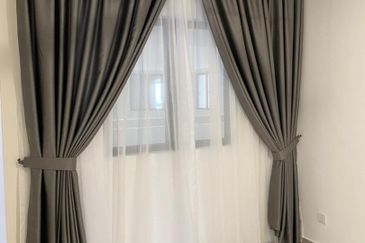
Duduk Huni @ Eco Ardence
Setia Alam/Alam Nusantara, Selangor
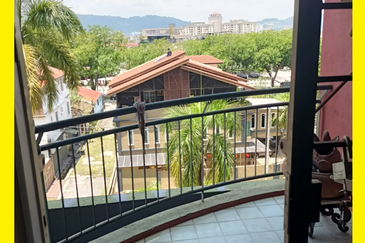
City Garden Palm Villa Condominium
Ampang, Selangor
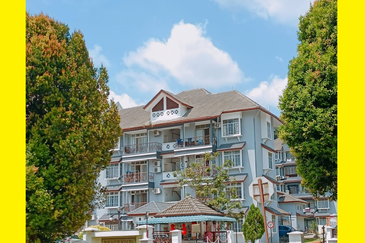
Pangsapuri Kesuma
Bandar Kinrara Puchong, Selangor
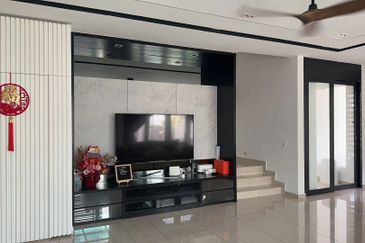
Setia Damai
Setia Alam/Alam Nusantara, Selangor
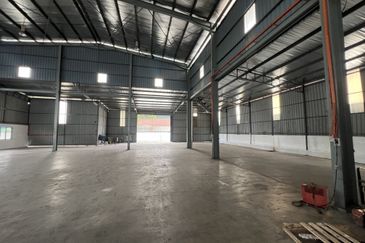
Kundang Industrial Park (Kawasan Perindustrian Kundang)
Rawang, Selangor
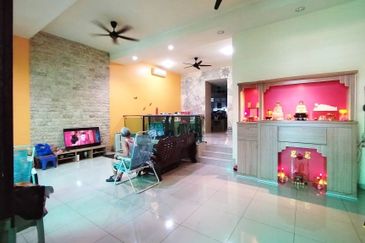
D'Premier @ Bandar Damai Perdana
Selangor, Selangor
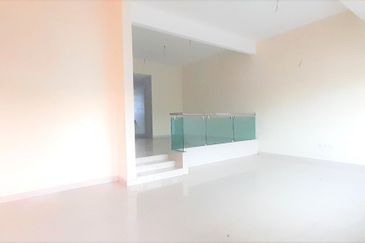
D'Premier @ Bandar Damai Perdana
Selangor, Selangor
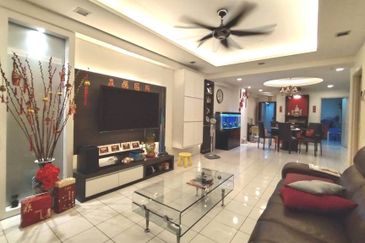
Pandan Villa Condominium
Pandan Indah, Selangor

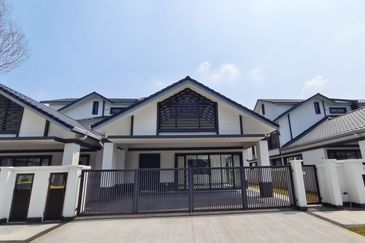
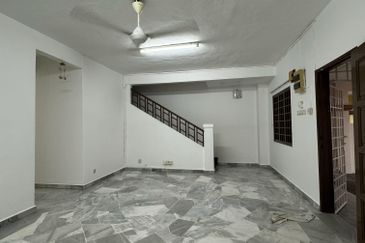
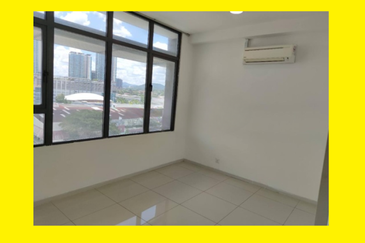
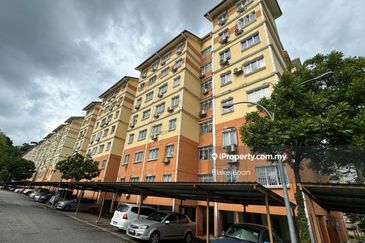
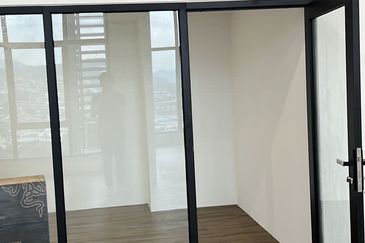
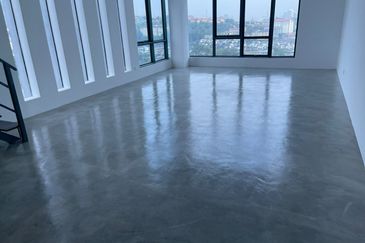

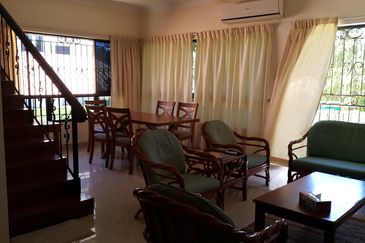
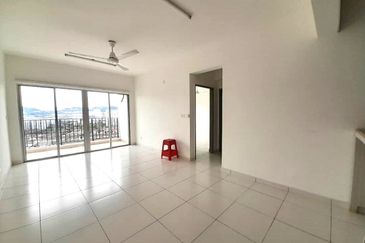
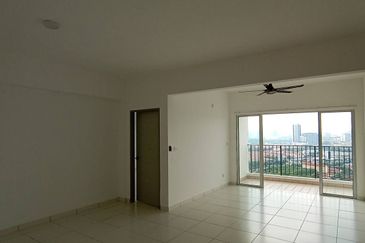
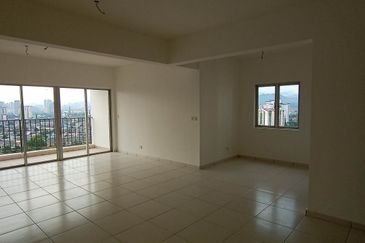

hero.jpg?GPem8xdIFjEDnmfAHjnS.4wbzvW8BrWw)



